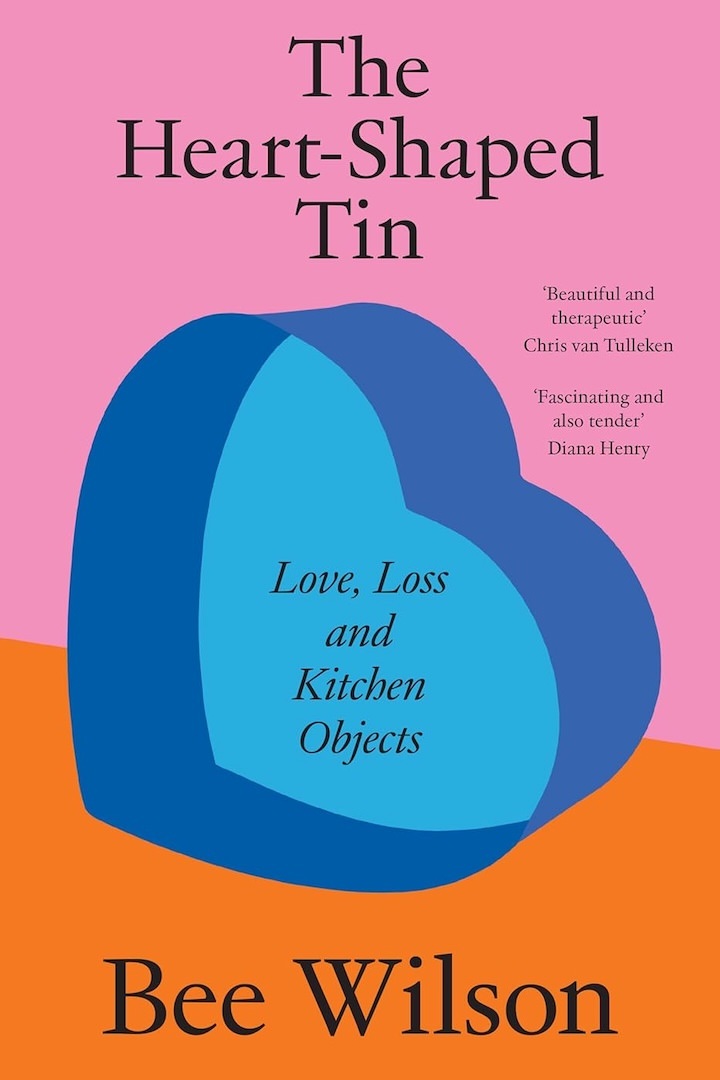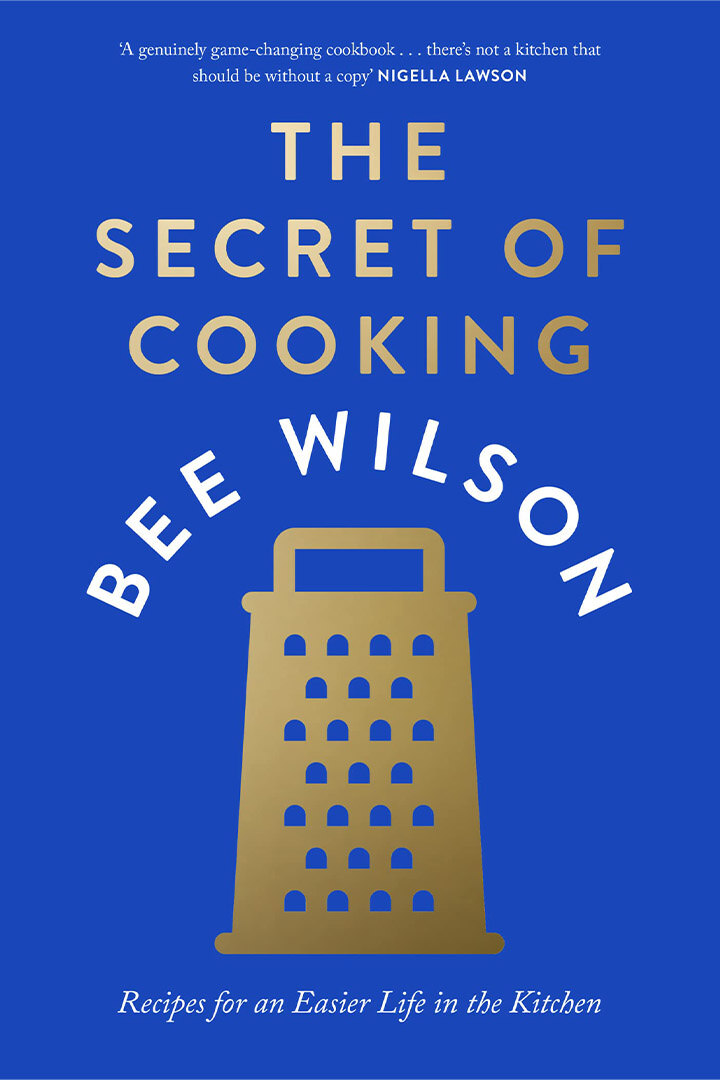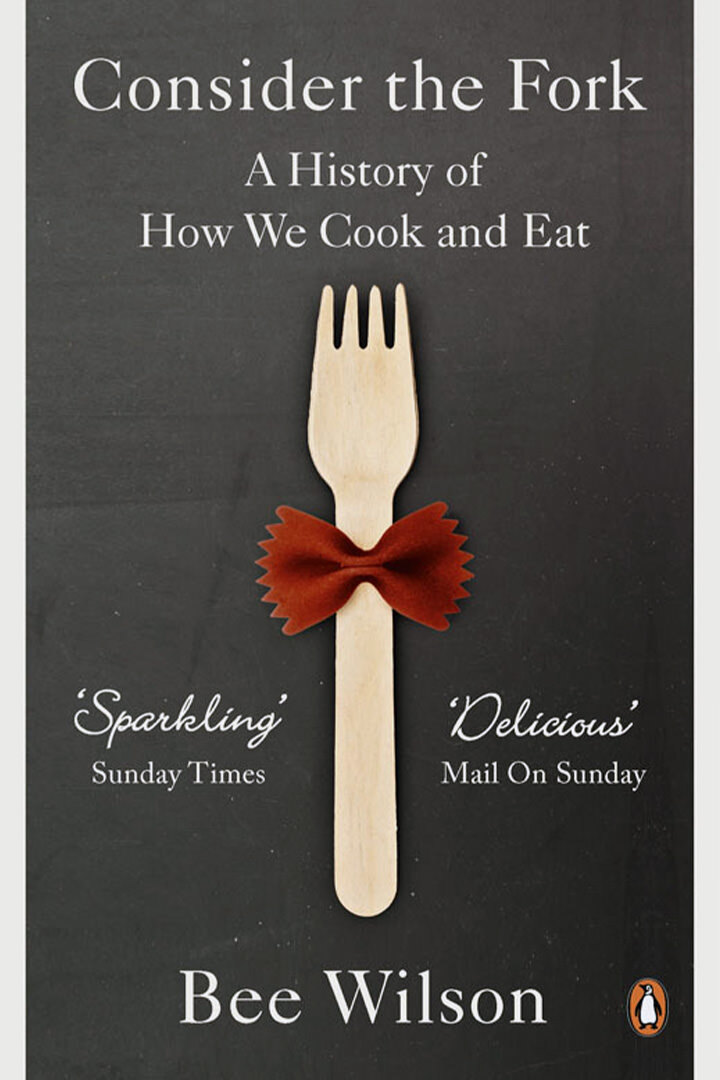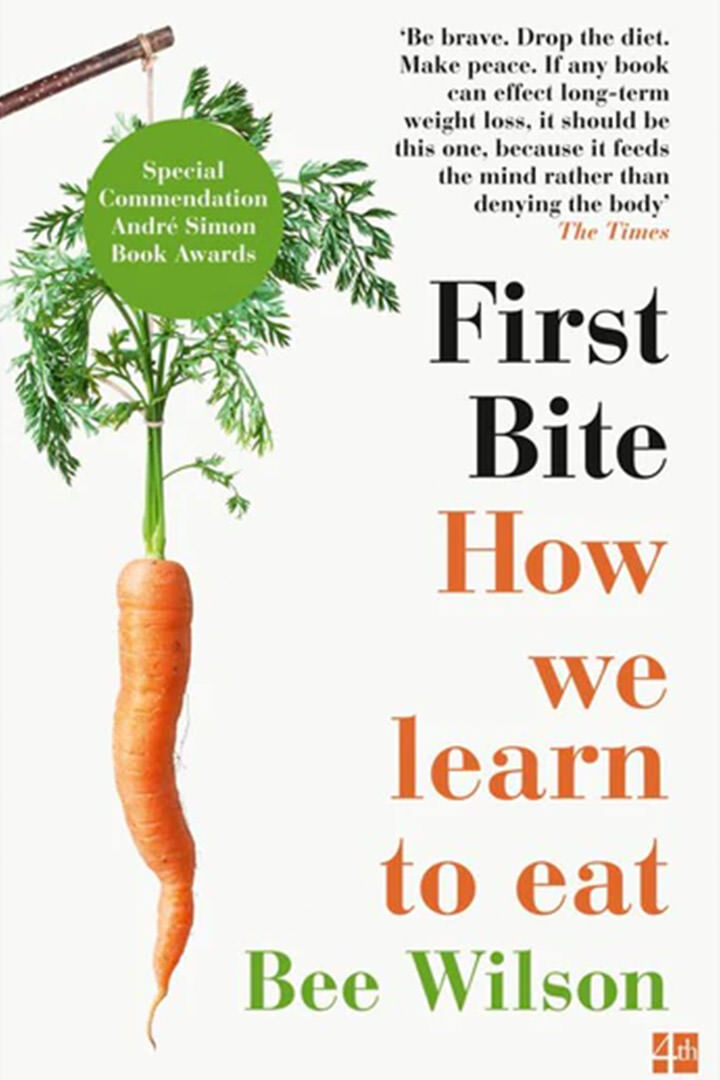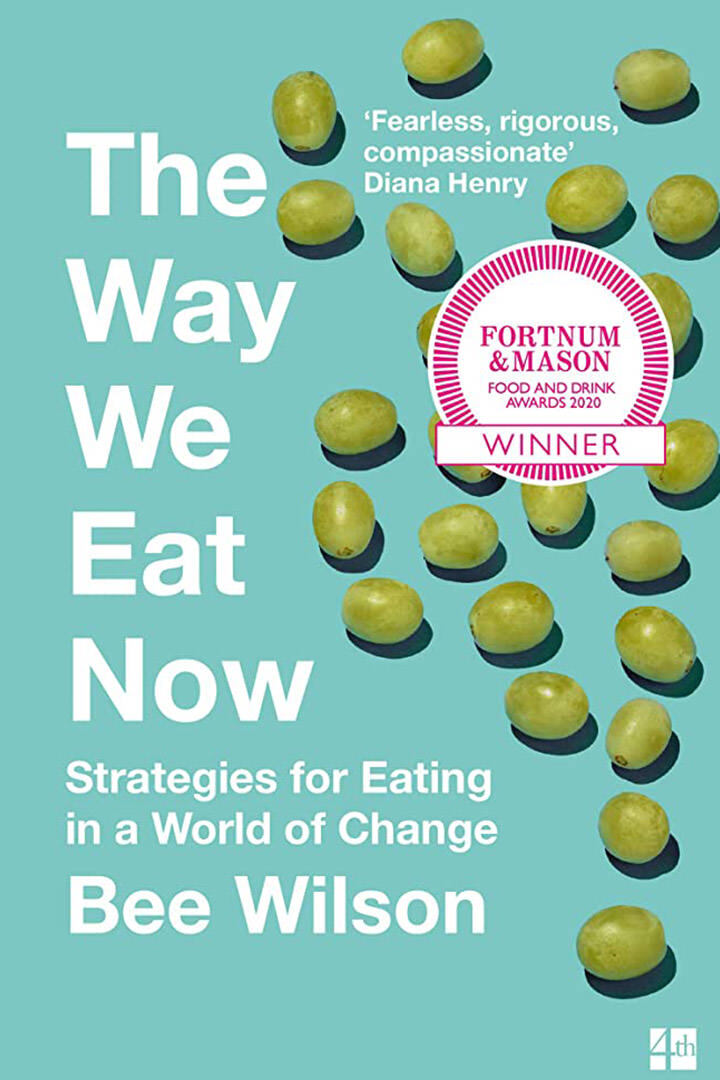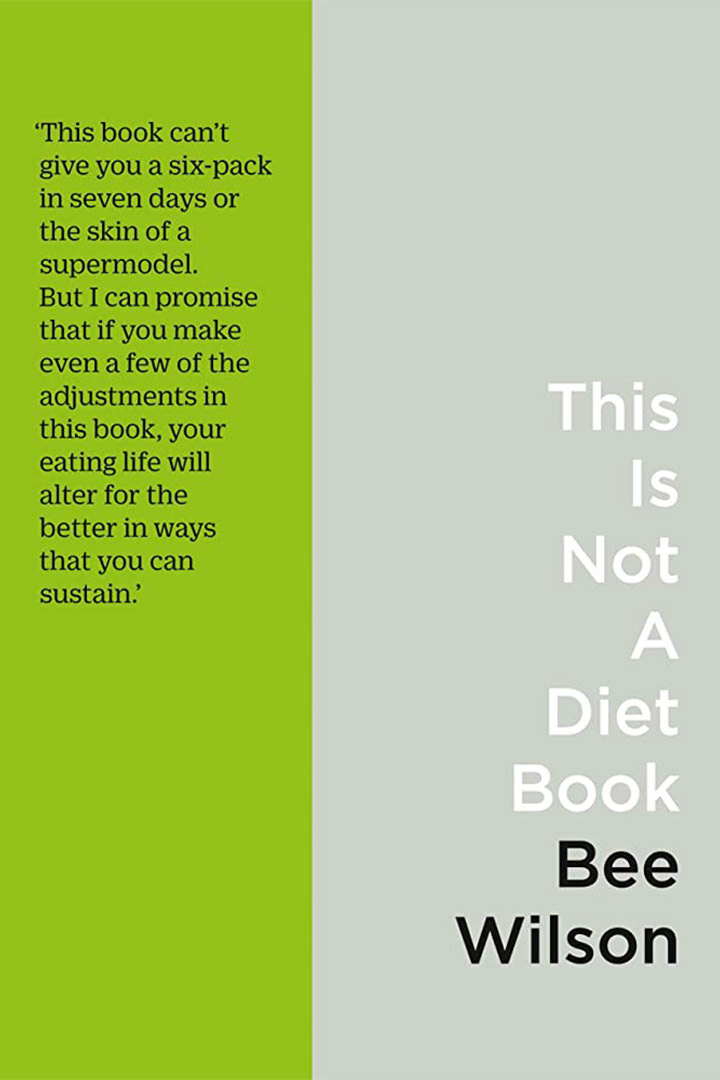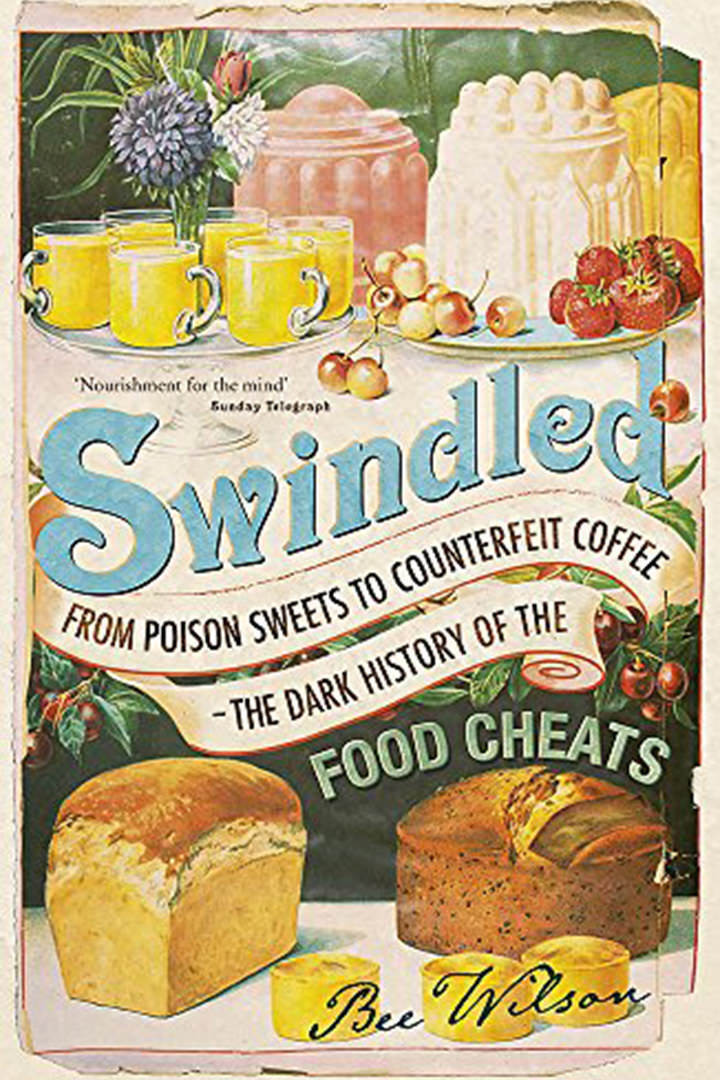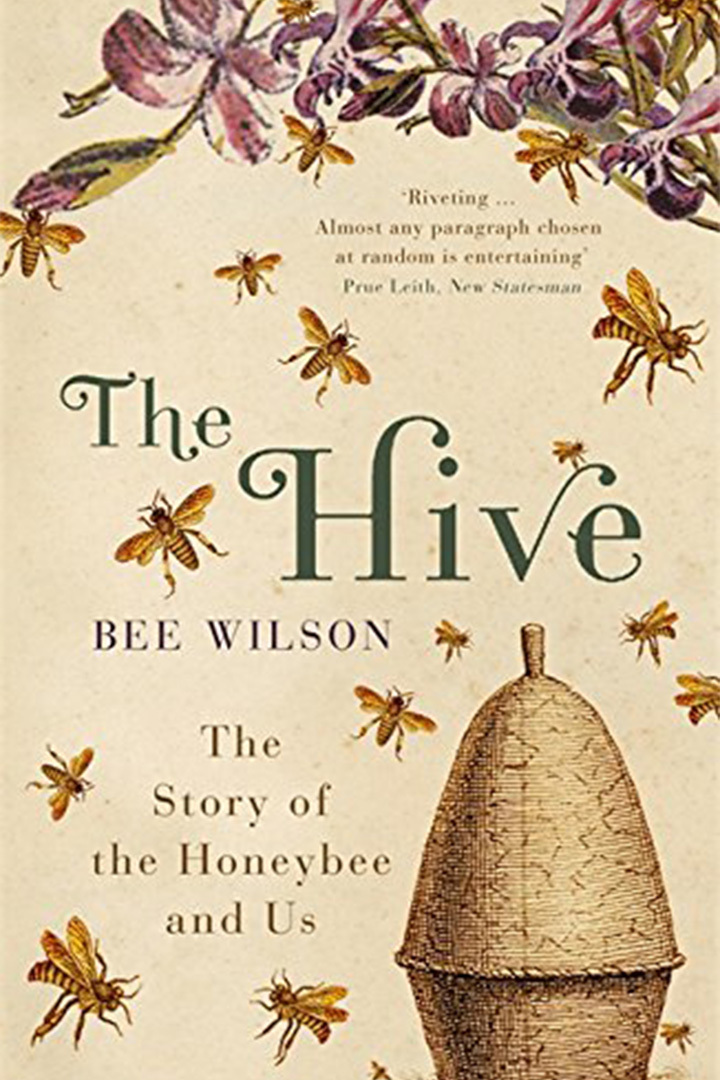Orphan Recipes

During the photoshoot for The Secret of Cooking, I was obsessing out loud one day about one of the recipes - a four-ingredient chocolate mousse - and whether I had got the consistency exactly right. Kitty Coles, the brilliant food stylist who worked on the book, told me not to worry; no one would cook this recipe anyway, because it wasn't going to have a photograph with it. Kitty has worked as a food stylist on dozens of cookbooks and she told me that in her experience, almost no one cooked the unphotographed recipes.
This made me start to feel very sorry for all these unphotographed recipes. I began to think of them as orphan recipes without a home.
We live in an intensely visual age and nowhere is this truer than in the modern cookbook market. Food photography has never been so exciting, so creative or play such a big part in cookery writing. I feel deeply grateful to have worked with photographer Matt Russell, whose wonderful photographs bring an atmosphere and beauty to my recipes which I never could have imagined.
At the same time, it suddenly struck me as sad that thousands of perfectly good recipes are going uncooked, just because they don't have a photograph next to them.
The shakshuka recipe in my book is one of these orphan recipes. I really hope that some of you will cook it when the book is out, even though there is no picture to sell it to you. As I explain in this intro, it's one of the recipes that has cemented my relationship with my teenagers. It's also easy and tastes very very good and can be made with little more than a can of tomatoes, a few eggs and some spices and oil. And it actually looks pretty! But I know it will be a leap of faith for anyone who reads the book to decide to make it without a picture to give it excitement and context.
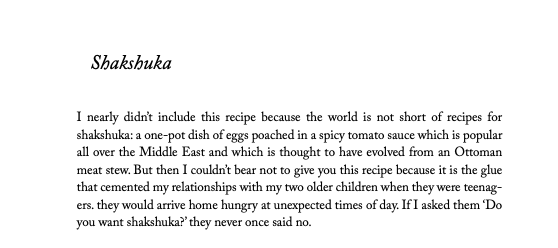
Some of the unphotographed recipes in my book are my very favourites, ones that I return to again and again ( such as a mushroom noodle salad with peanut dressing). The reason that they weren't photographed was never that they were not delicious. Sometimes it was to avoid repetition (we already had two lovely egg photographs so didn't need another one of the Shakshuka) or sometimes to offer more variety of colours or shapes. On one occasion, we'd planned to shoot one thing (a pearl barley dish with artichokes) and cooked another at the last minute (a companion pearl barley dish with dried porcini mushrooms) because it was impossible to find any frozen artichokes in the shops that day.
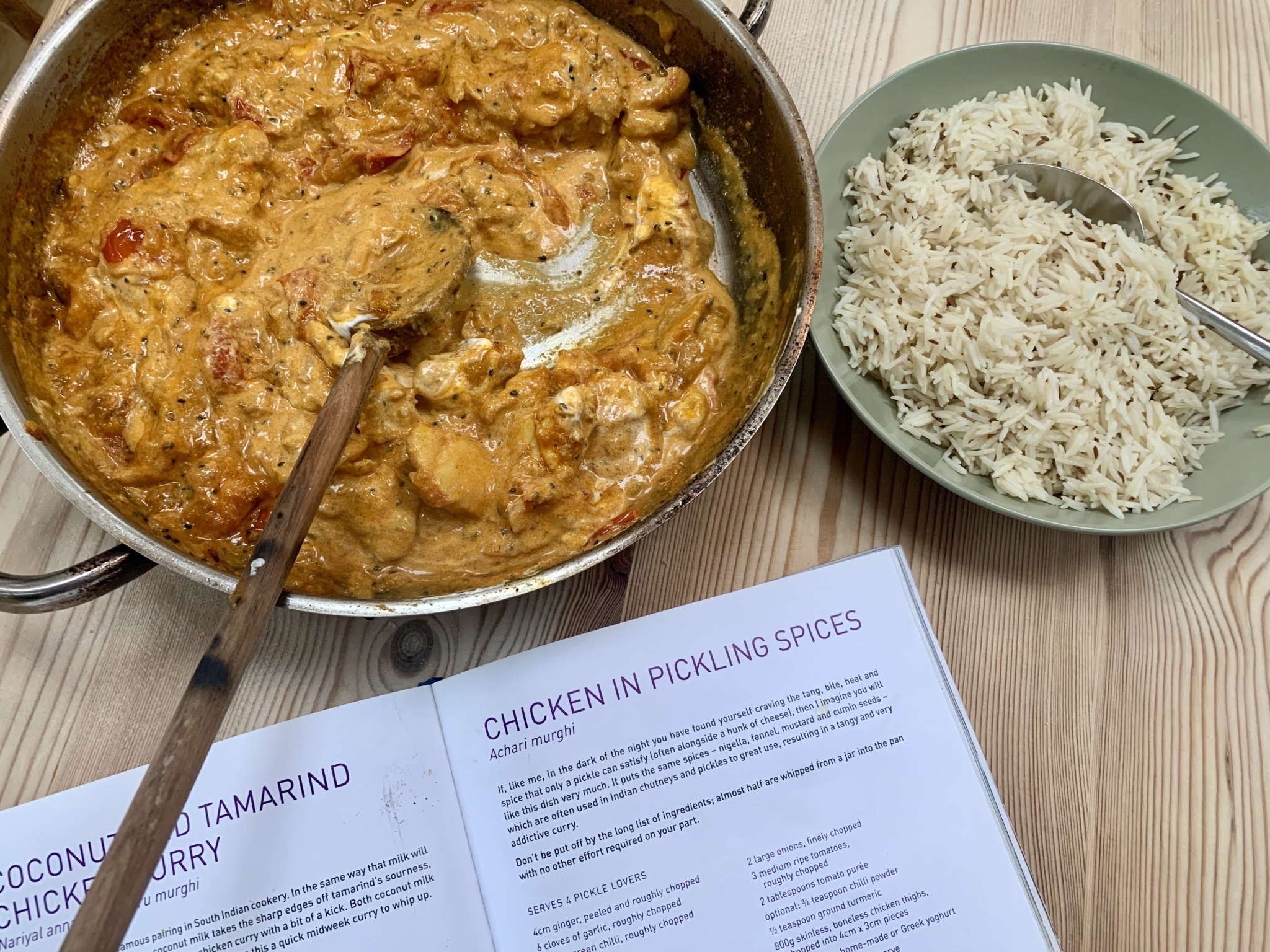
But much as I want to champion the orphan recipes of the world, I'm aware that I often ignore them myself, if I'm honest. A couple of weeks ago, someone casually mentioned to me how brilliant Meera Sodha's recipe for Chicken in Pickling Spices from her first book (Made in India) was. I was amazed, because I think of myself as a Meera Sodha super-fan and thought I'd more or less memorised the names of all the recipes in that book. But no! I had clearly turned the page because it didn't come with a photograph. I made it for a quick midweek dinner for me and my son and we both loved it. The chicken isn't pickled, as you might think from the title - it is just cooked with some of the whole spices often used in Indian pickles, including fennel and nigella seeds and fenugreek. It tastes SO good - every bit as good as the photographed chicken recipes in the book. Cooking it made me feel foolish that I had so many times flicked past the page because of its absence of colour.
Obviously, there are whole cookbooks - excellent ones, too - in which nothing is photographed. How to Eat by Nigella Lawson is a sublime example but pretty much all of the classic cookery books of the 1960s and 1970s - the Elizabeth Davids and Julia Childs and Jane Grigsons and Claudia Roden - were totally unphotographed. But that was different. At least all of the recipes were equal in avoiding the razzle-dazzle of photography. The problem with orphan recipes is that it is so hard for them to find an audience when they are set alongside other recipes which have a beautiful still life next to them. How can words compete with pictures? It is an act of faith deciding to buy the ingredients for an unphotographed recipe when you have no idea what it is meant to look like when it is finished.
Maybe those of us who love cookbooks should band together and share our favourite orphan recipes so that they are given a new life. I'll start! I recommend the stuffed peppers with beef and rice and the 'matbucha' (a kind of slow-cooked vegetable jam) in the first Honey and Co cookbook. Also the Asparagus and Toasted Cashew stir-fry in A Modern Way to Eat by Anna Jones, one of my most-cooked things in the whole book.
What are your favourite orphan recipes?
